Eco-friendly
Here are a few examples of what we mean by eco-friendly landscaping...
Water conservation
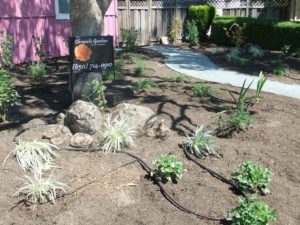 We can use less water and still have a thriving garden. Drip irrigation reduces water waste. Smart irrigation controllers adjust to changing weather conditions. Choosing California native and drought tolerant plants reduces the need to irrigate in the first place. Amending the soil with compost increases soil’s ability to retain moisture and mulching your planted areas helps prevent that moisture from evaporation. We design ‘hydrozones’, grouping plants by their water needs which improves irrigation efficiency.
We can use less water and still have a thriving garden. Drip irrigation reduces water waste. Smart irrigation controllers adjust to changing weather conditions. Choosing California native and drought tolerant plants reduces the need to irrigate in the first place. Amending the soil with compost increases soil’s ability to retain moisture and mulching your planted areas helps prevent that moisture from evaporation. We design ‘hydrozones’, grouping plants by their water needs which improves irrigation efficiency.
Organic techniques
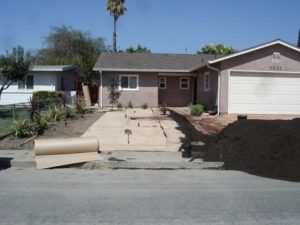 Excessive chemical usage and synthetic fertilizers have many drawbacks. We can avoid blind use of more toxic herbicides, fungicides and insecticides. Sheetmulching allows us to avoid the use of Round-Up to kill weeds. Plant derived oils and soaps help minimize pest populations. Other techniques to improve our local environment include using more permeable surfaces to allow storm water to infiltrate the soil, use of compost as an amendment and giving beneficial organisms the opportunity to do some of the patrol work for us.
Excessive chemical usage and synthetic fertilizers have many drawbacks. We can avoid blind use of more toxic herbicides, fungicides and insecticides. Sheetmulching allows us to avoid the use of Round-Up to kill weeds. Plant derived oils and soaps help minimize pest populations. Other techniques to improve our local environment include using more permeable surfaces to allow storm water to infiltrate the soil, use of compost as an amendment and giving beneficial organisms the opportunity to do some of the patrol work for us.
Native and drought tolerant plants
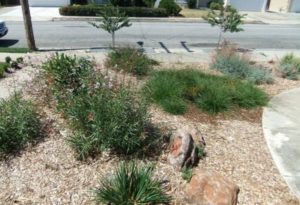 Plants evolved with their climates. Put simply, California native plants perform well in their California range. Places with similar climates like Australia or the Mediterranean give us more options for smart plant selection. Accustomed to months without water they thrive on minimal amounts. Wildlife evolved alongside these plants and many rely on few to provide food and shelter. Locally, we can select for plants that are adapted to our clay soils.
Plants evolved with their climates. Put simply, California native plants perform well in their California range. Places with similar climates like Australia or the Mediterranean give us more options for smart plant selection. Accustomed to months without water they thrive on minimal amounts. Wildlife evolved alongside these plants and many rely on few to provide food and shelter. Locally, we can select for plants that are adapted to our clay soils.
Nurturing the soil
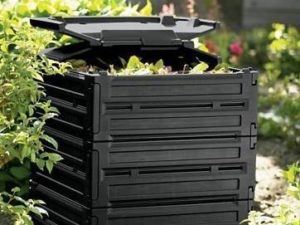 The soil is our building block. Healthy soil, be it clay, sand or loam has a web of life. Beneficial microbes to larger organisms like worms and beetles all play a vital role in maintaining the system and providing nutrients up the ladder all the way to our plants. We protect our gardens’ soils by adding compost and mulching to improve and retain their moisture content, avoiding compaction and encouraging earthworms, the hardest working aerators in the business.
The soil is our building block. Healthy soil, be it clay, sand or loam has a web of life. Beneficial microbes to larger organisms like worms and beetles all play a vital role in maintaining the system and providing nutrients up the ladder all the way to our plants. We protect our gardens’ soils by adding compost and mulching to improve and retain their moisture content, avoiding compaction and encouraging earthworms, the hardest working aerators in the business.
Using sustainable and recycled materials
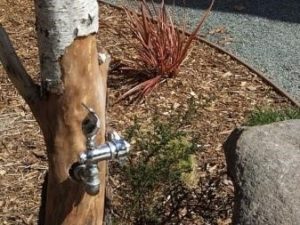 If we can reuse a material, we will. If we can’t, we’ll look for a way to recycle it. If we have to replace it we’ll look for a source that’s sustainable. Reuse doesn’t have to mean a compromise in design, it just needs a bit more creativity. Recycling and recycled materials just make sense.
If we can reuse a material, we will. If we can’t, we’ll look for a way to recycle it. If we have to replace it we’ll look for a source that’s sustainable. Reuse doesn’t have to mean a compromise in design, it just needs a bit more creativity. Recycling and recycled materials just make sense.
Wildlife habitat
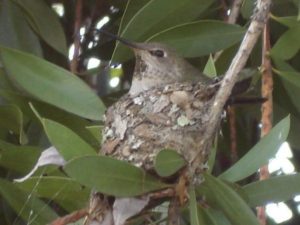 Food, water and shelter. Wildlife has the same needs as us. We need the weird bugs, lizards, frogs, snakes and birds too. We’re still learning about how the various species connect. In the meantime, we use rocks and logs for shelter, add water features and plant diversely to encourage the wildlife we’d like to see in our gardens.
Food, water and shelter. Wildlife has the same needs as us. We need the weird bugs, lizards, frogs, snakes and birds too. We’re still learning about how the various species connect. In the meantime, we use rocks and logs for shelter, add water features and plant diversely to encourage the wildlife we’d like to see in our gardens.
